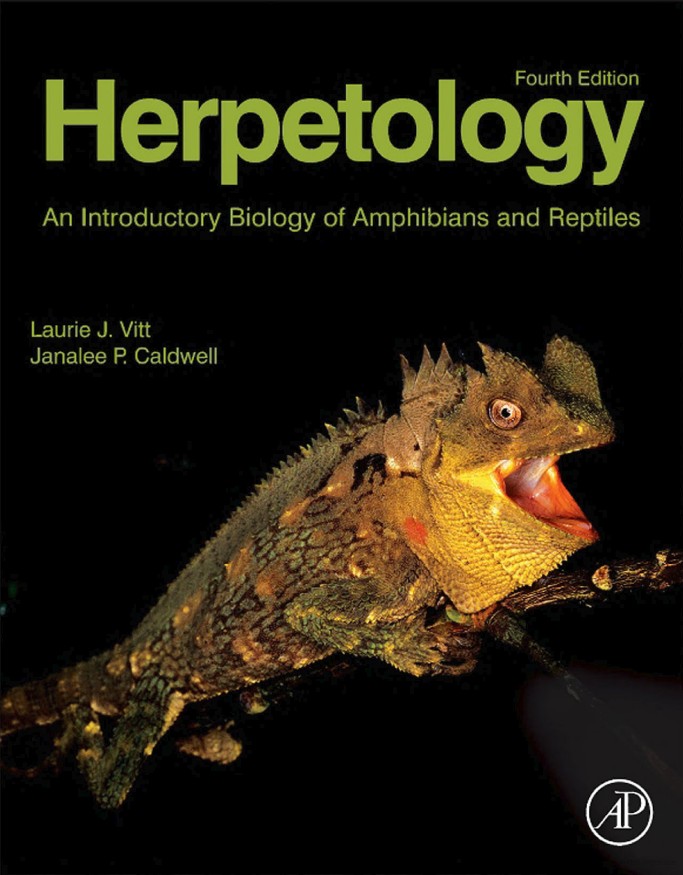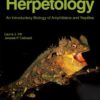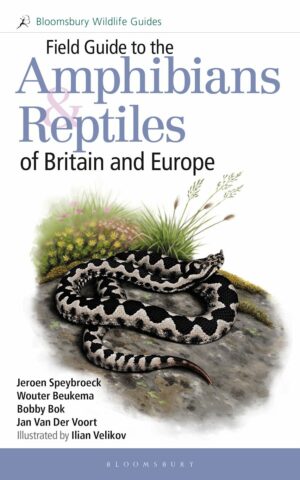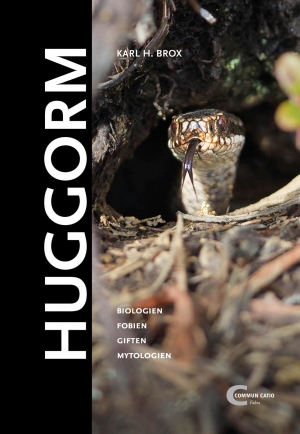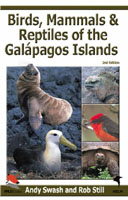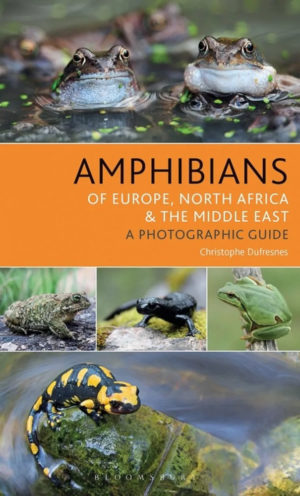Fra forlagets egen omtale:
Description
The fourth edition of the textbook Herpetology covers the basic biology of amphibians and reptiles, with updates in nearly every conceptual area. Not only does it serve as a solid foundation for modern herpetology courses, but it is also relevant to courses in ecology, behavior, evolution, systematics, and morphology.
Examples taken from amphibians and reptiles throughout the world make this book a useful herpetology textbook in several countries. Naturalists, amateur herpetologists, herpetoculturists, zoo professionals, and many others will find this book readable and full of relevant natural history and distributional information.
Amphibians and reptiles have assumed a central role in research because of the diversity of ecological, physiological, morphological, behavioral, and evolutionary patterns they exhibit. This fully revised edition brings the latest research to the reader, ranging over topics in evolution, reproduction, behavior and more, allowing students and professionals to keep current with a quickly moving field.
Key Features
- Heavily revised and updated with discussion of squamate (lizard and snake) taxonomy and new content reflected in current literature
- Includes increased focus on conservation biology in herpetology while retaining solid content on organismal biology of reptiles and amphibians
- Presents new photos included from authors’ extensive library
Readership
Advanced undergraduate/graduate students studying biology, wildlife and organismal biology and taking courses in herpetology; amphibian and reptile biologists, ecologists and conservation and evolutionary biologists, paleontologists
Table of Contents
Herpetology, 4e
Part I
Evolutionary History
1. Tetrapod Relationships and Evolutionary Systematics
2. Anatomy of Amphibians and Reptiles
3. Evolution of Ancient and Modern Amphibians and Reptiles
Part II
Reproduction and Reproductive Modes
4. Reproduction and Life Histories
5. Reproductive Modes
Part III
Physiological Ecology
6. Water Balance and Gas Exchange
7. Thermoregulation, Performance, and Energetics
Part IV
Behavioral Ecology
8. Spacing, Movements, and Orientation
9. Communication and Social Behavior
10. Foraging Ecology and Diets
11. Defense and Escape
Part V
Ecology, Biogeography, and Conservation Biology
12. Ecology
13. Biogeography and Phylogeography
14. Conservation Biology
Part VI
Classification and Diversity of Amphibians
Introduction
15. Caecilians
16. Salamanders
17. Frogs
Part VII
Classification and Diversity of Reptiles
Introduction
18. Turtles
19. Crocodylians
20. Sphenodontidans
21. Squamates (Snakes and Lizards)
Part VIII
Data Sources
Bibliography
Glossary
Taxonomic Index
Subject Index
